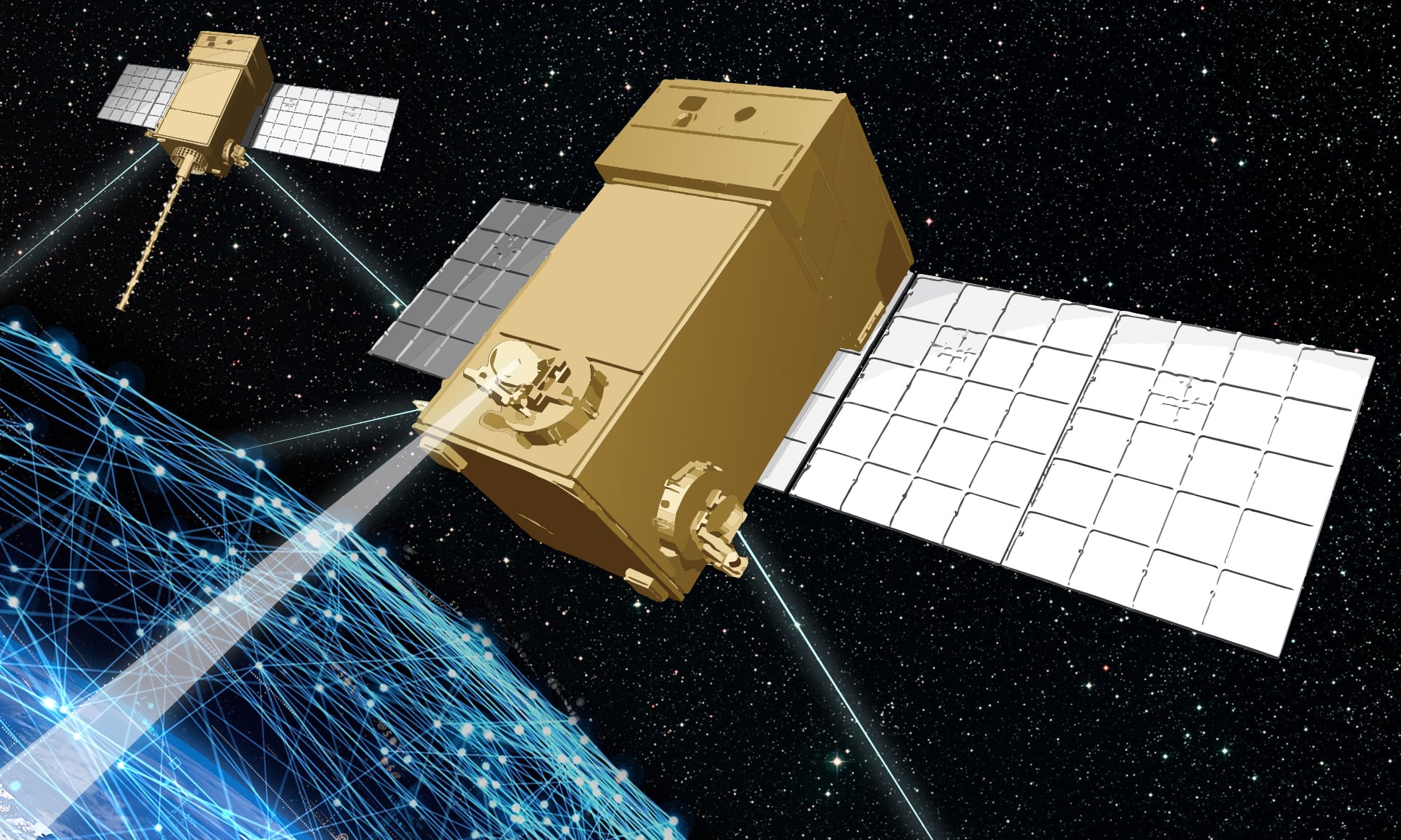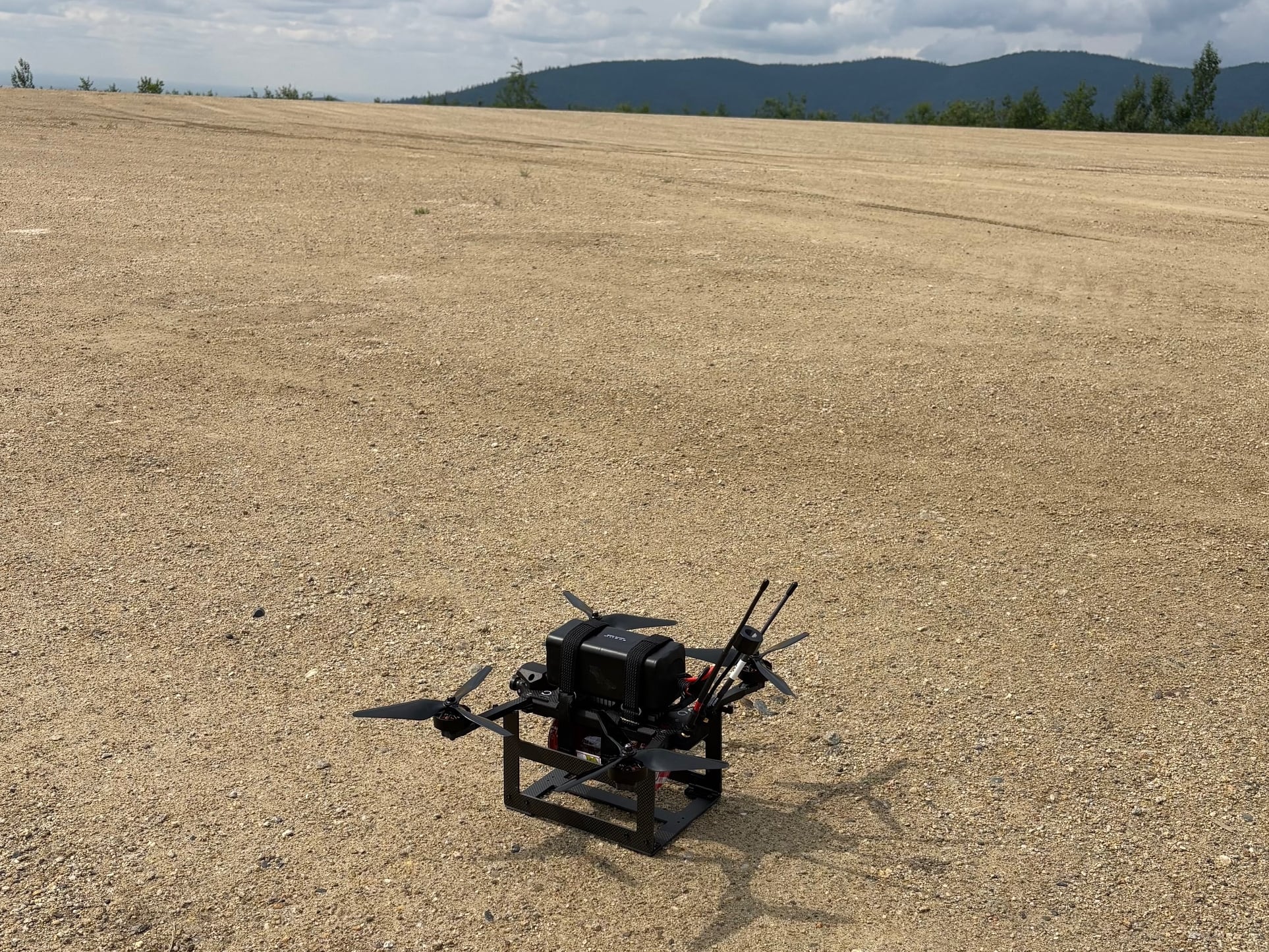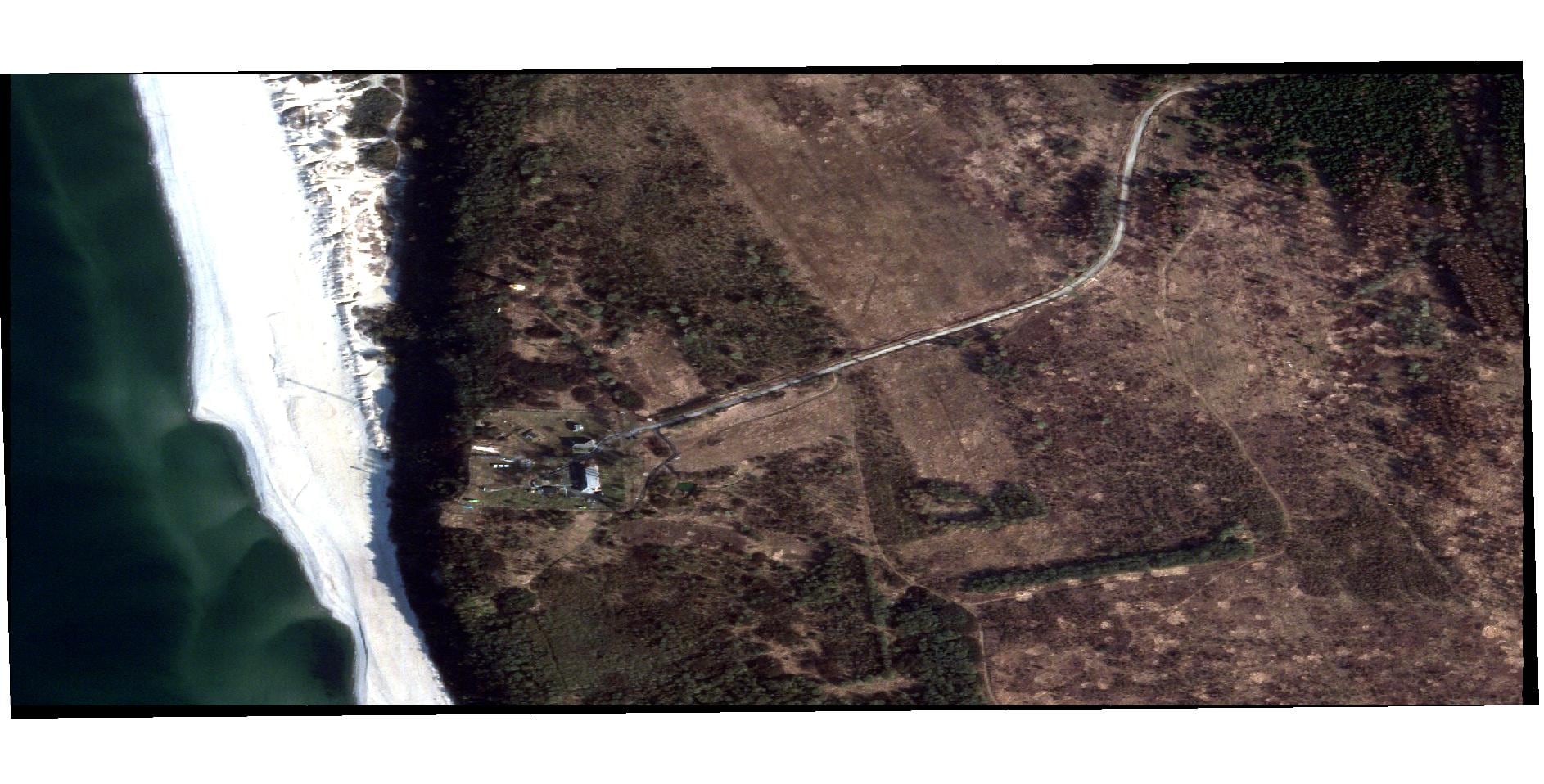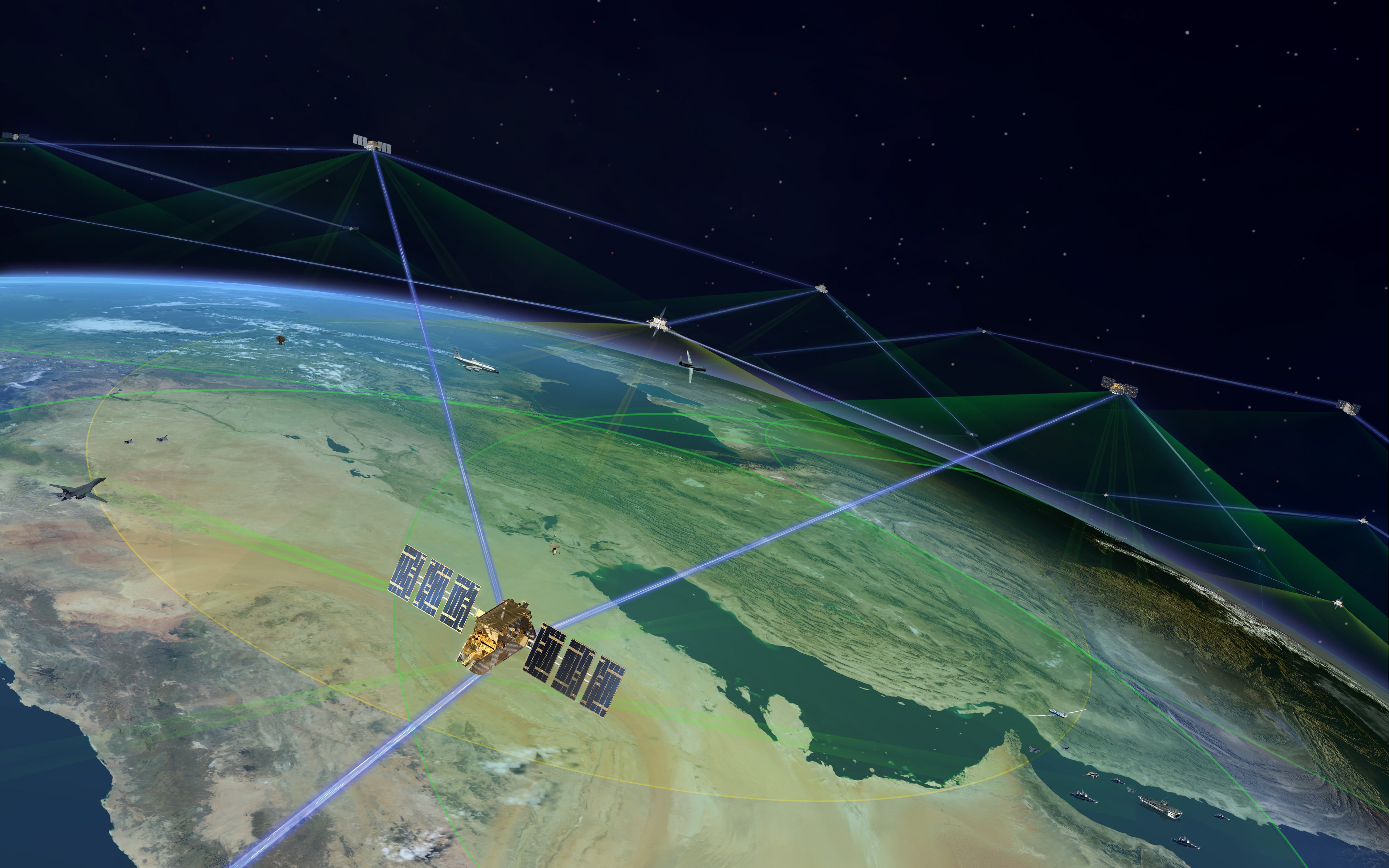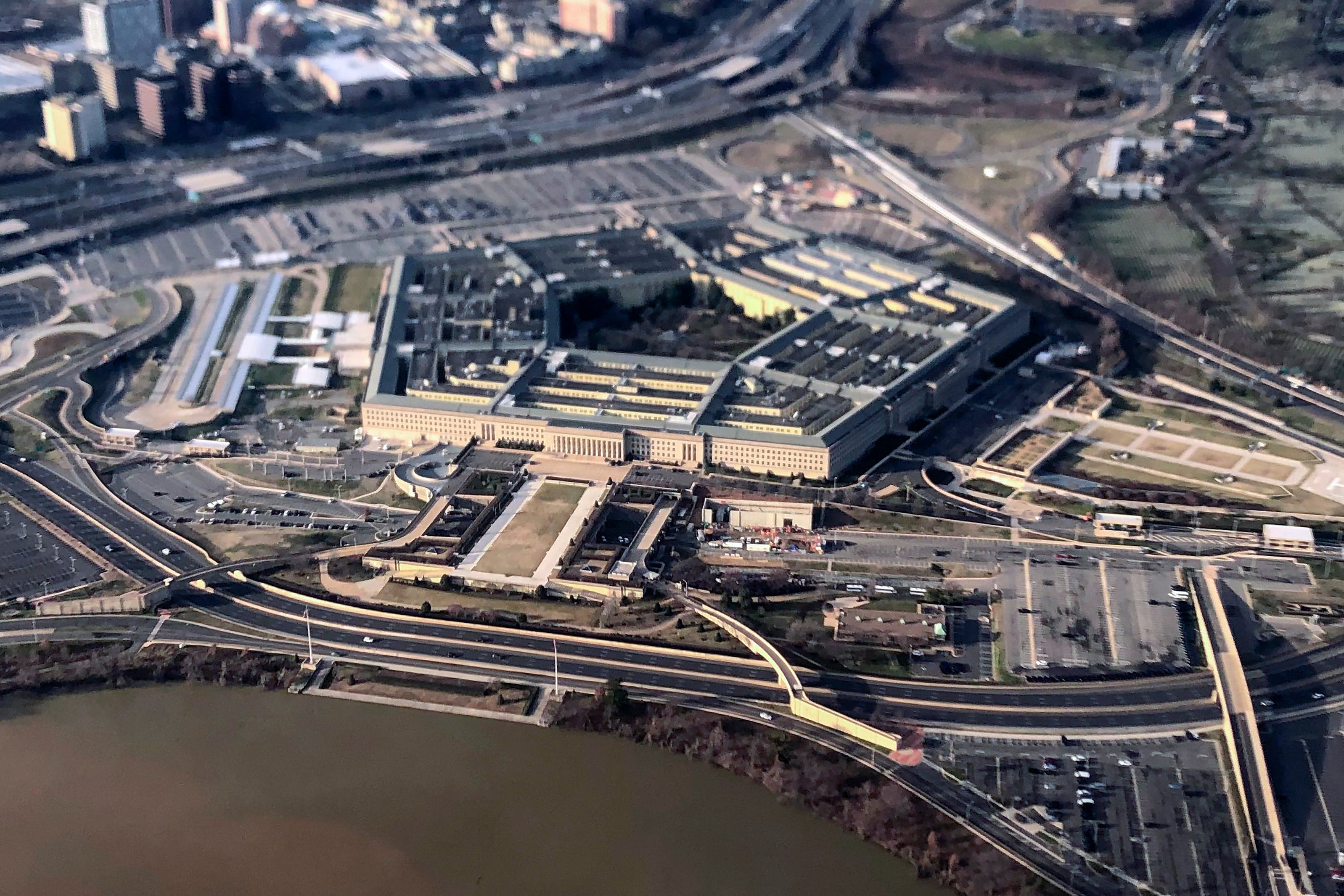Picture the scene: A rural compound in northwest Syria. An underground tunnel beneath the compound, where a cornered man with a suicide vest and two children hides from a raid by the U.S. Army’s Delta Force.
Outside the compound on Oct. 26, waiting and at the ready, was a robot.
The vested man was later identified as Abu Bakr Al-Baghdadi, the self-proclaimed caliph of the Islamic State of Syria and the Levant.
“We had a robot just in case because we were afraid he had a suicide vest and if you get close to him and he blows it up, you’re going to die. You’re going to die. He had a very powerful suicide vest,” President Donald Trump said in a press conference about the raid in the following days.
“The robot was set, too, but we didn’t hook it up because we were too — they were moving too fast. We were moving fast,” the president continued. “We weren’t 100 percent sure about the tunnel being dead ended. It’s possible that there could have been an escape hatch somewhere along that we didn’t know about.”
In this case, the robot never went in the tunnels.
Picture the scene, four months later, in the damp subterranean levels of the never-finished Satsop nuclear power plant outside Elma, Washington. There, engineers and scientists are testing the machines and algorithms that may guide missions for a time, preparing for a time when the robots won’t remain on the sidelines.

None of the robots fielded at the Defense Advanced Research Projects Agency’s Subterranean Challenge urban circuit in Elma in February are particularly battle-ready, though a few could likely work in a pinch.
Apart from a single human commander able to take remote control, the robots navigate, mostly autonomously. As captured on hours of video, the robots crawled, floated, rolled and stumbled their way through the course. They mapped their environment and searched for up to 20 special artifacts in the special urban circuit courses, built in the underground levels around a never-used cooling tower.
The artifacts included cellphones emitting bluetooth, Wi-Fi and occasionally video. They included red backpacks and thermal manikins warmed to the temperature of humans playing an audio recording, and they included carbon dioxide gas and warm blowing vents.
This urban circuit is the second of three underground environments that DARPA is using to test robots. Phones, manikins and backpacks are common across the tunnel, urban and cave settings that constitute the full range of subterranean challenges. The straightforward mission of the contest is to create machines that are better at rescue in environments that are dangerous and difficult for first responders, who are humans. If robots can find people trapped underground, then humans can use their energy getting to those same people, rather than expend that energy searching themselves.
A subtext of the Subterranean Challenge is that the same technologies that lead robots to rescue people underground could also lead infantry to find enemies hiding in tunnel complexes. While Delta Force was able to corner al-Baghdadi in Syria, much of the military’s modern interest in tunnel warfare can be traced back to Osama bin Laden evading capture for years by escaping through the tunnels at Tora Bora.

Underground at Satsop, the future of warfare was far less a concern than simply making sure the robots could navigate the courses before them. That meant, most importantly, maintaining contact with the other robots on the team, and with a human supervisor.
Thick concrete walls, feet of dirt, heavy cave walls and the metals embedded in the structure all make underground sites that the military describes as passively denied environments, where the greatest obstacle to communication through the electromagnetic spectrum is the terrain itself. It’s a problem military leaders, particularly in the Army, are hoping to solve for future iterations of their networks.
Team NUS SEDS, the undergrad roboticists representing the National University of Singapore Students for Exploration and Development of Space, arrived in Washington with one of the smallest budgets of any competitor, spending roughly $12,000 on everything from robot parts to travel and lodging. One of their robots, a larger tracked vehicle, was held up by U.S. Customs, and unable to take part in the competition.
Not to be deterred, at the team’s preparation area, members showed off a version of the most striking design innovation at the competition: droppable Wi-Fi repeaters. As designed, the robots would release a repeater the moment they lost contact with the human operator. To lighten the data load, the onboard computers would compress the data to one-hundredth of its size, and then send it through the repeater.
“It’s like dropping bread crumbs,” said Ramu Vairavan, the team’s president.
Unfortunately for NUS SEDS, the bread crumbs were not enough, and the team only found one artifact in its four runs between the two courses. But the bread-crumb concept was shared across various teams.
Besides the physical competition taking place underground at Satsop, the urban circuit held a parallel virtual challenge, where teams selected robots and sensors from a defined budget and then programmed algorithms to tackle a challenge fully autonomously. The repeaters, such a popular innovation in the physical space, will likely be programmed into the next round of the virtual challenge.
The first DARPA Grand Challenge, launched in 2004, focused on getting roboticists together to provide a technological answer to a military problem. Convoys, needed for sustaining logistics in occupied countries, are vulnerable to attack, and tasking humans to drive the vehicles and escort the cargo only increasing the fixed costs of resupply. What if, instead, the robots could drive themselves over long stretches of desert?
After much attention and even more design, the March 2004 challenge ended with no vehicle having gone even a tenth the distance of the 142-mile track. A second Grand Challenge, held 18 months later, delivered far more successful results, and is largely credited with sparking the modern wave of autonomous driving features in cars.
Open desert is a permissive space, and navigation across it is aided by existing maps and the ever-present GPS data. This is the same architecture that undergirds much of autonomous navigation today, where surface robots and flying drones can all plug into communication networks offering useful location data.
Underground offers a fundamentally unknowable environment. Robots can explore parts of it, but even the most successful team on its most successful run found fewer than half of the artifacts hidden in the space. That team, CoSTAR (an acronym for “Collaborative SubTerranean Autonomous Resilient robots) included participants from Jet Propulsion Laboratory, CalTech, MIT, KAIST in South Korea and Lulea University of Technology in Sweden. CoSTAR used a mixture of wheeled and legged machines, and in the off-hours would practice everywhere from a local high school to a hotel staircase.
Yet, for all the constraints on signal that impeded navigation, it was the human-built environment that provided the greatest hurdle.
On a tour of the courses, it was easy to see how an environment intuitive to humans is difficult for machines. Backpacks and cellphones were not just placed on corners of roofs, but on internal ledges, impossible to spot without some aerial navigation.
Whereas the tunnel course held relatively flat, the urban circuit features levels upon levels to explore. Stairs and shafts, wide-open rooms with the jangly mess of a mezzanine catwalk, all require teams and robots to explore space in three dimensions. Between runs, the humans running the competition would adjust some features, so that completing the course once does not automatically translate into perfect information for a second attempt.
“How do we design equally hard for air and ground?” Viktor
Orekhov, a DARPA contractor who designed the course, said. “There’s an art to it, not a science. But there’s also a lot of science.”
Part of that art was building ramps into and out of an early room that would otherwise serve as a run-ending chokepoint. Another component was making sure that the course “leveled up” in difficulty the further teams got, requiring more senses and more tools to find artifacts hidden deeper and deeper in the space.
“Using all senses is helpful for humans. It’s helpful for robots, too,” said Orekhov.

Teams competing in the Subterranean Challenge have six months to incorporate lessons learned into their designs and plans. The cave circuit, the next chapter of the Challenge scheduled for August 2020, will inevitably feature greater strain on communications and navigation, and will not even share the at least familiarity of a human-designed spaces seen in the urban circuit. After that, teams will have a year to prepare for the final circuit, set to incorporate aspects of tunnel, urban and cave circuits, and scheduled for August 2021.
DARPA prides itself on spurring technological development, rather than iterating it in a final form. Like the Grand Challenges before it, the goal is at least as much to spark industry interest and collaboration in a useful but unexplored space.
Programming a quadcopter or a tracked robot to find a manikin in a safety-yellow vest is a distant task from tracking and capturing armed people in the battlefields of the future, but the tools workshopped in late nights at a high school cafeteria between urban circuit runs may lead to the actual sensors on the robots brought along by Delta Force on future raids.
The robots of the underground wars of tomorrow are gestating, in competitions and workshops and github pages. Someday, they won’t just be brought along on the raid against a military leader.
Wordlessly — with spinning LiDAR, whirring engines, and millimeter-wave radar — the robots might lead the charge themselves.
Kelsey Atherton blogs about military technology for C4ISRNET, Fifth Domain, Defense News, and Military Times. He previously wrote for Popular Science, and also created, solicited, and edited content for a group blog on political science fiction and international security.

